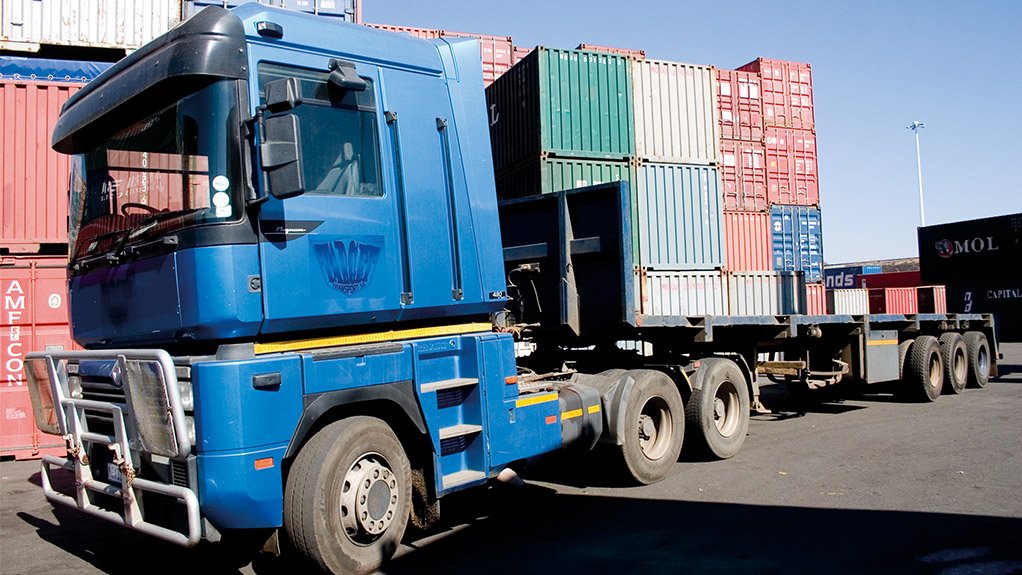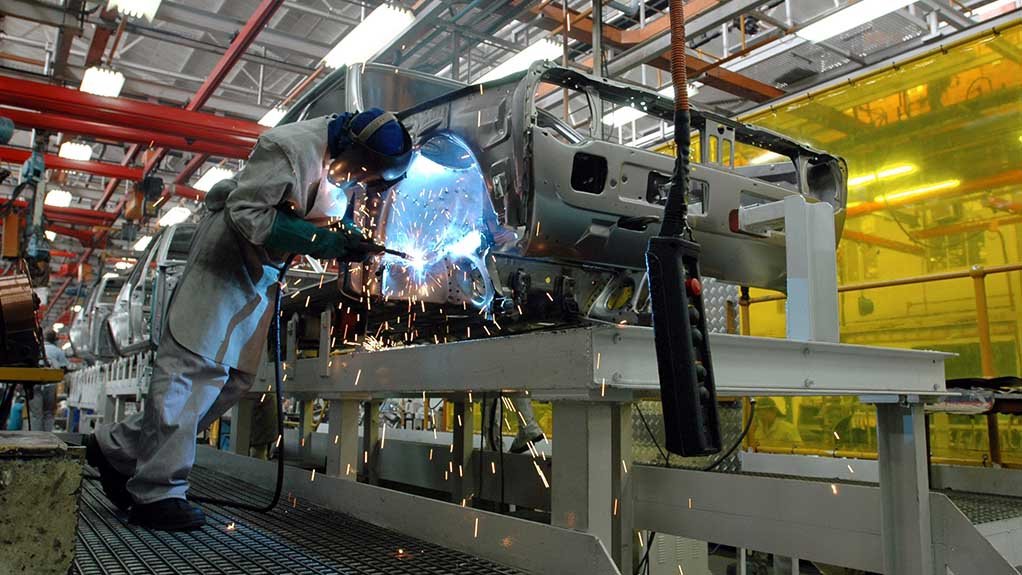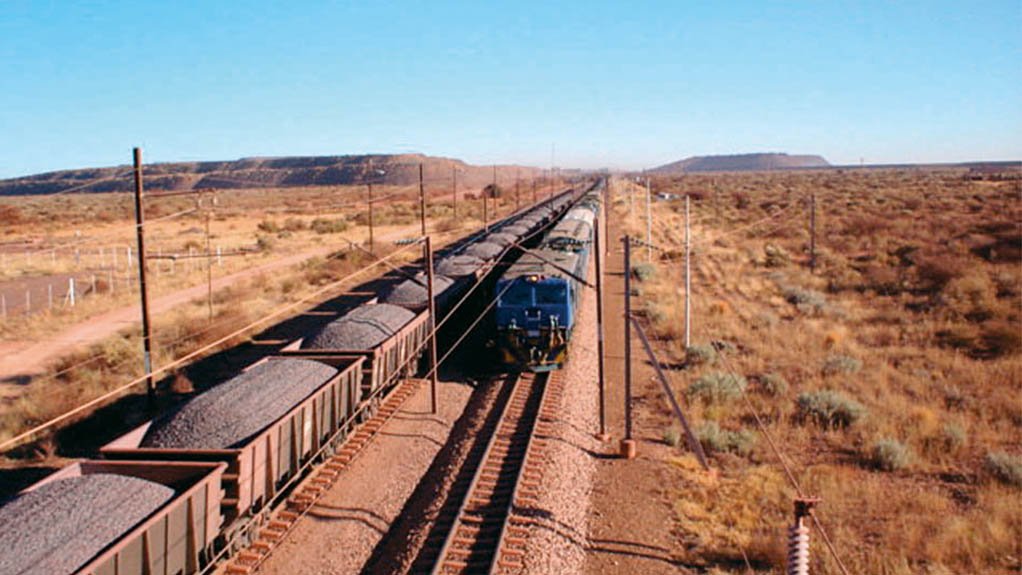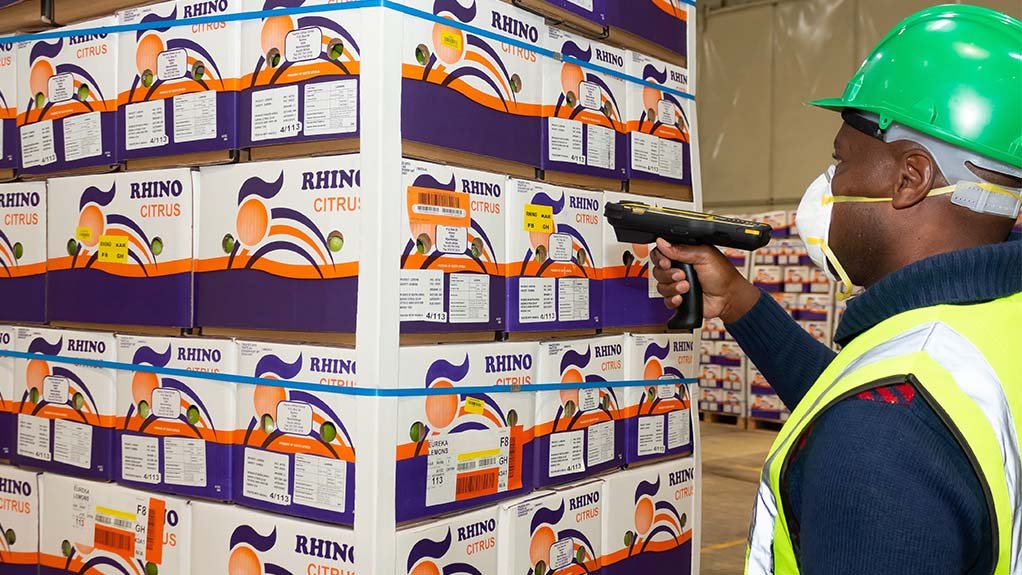Companies in countries that are carbon-intensive, such as South Africa, may face carbon border adjustment tariffs that are also linked to Scope 3, or indirect, emissions as the European Union (EU) is assessing methods to include these emissions in the carbon border adjustment mechanism (CBAM) scheme.
Non-profit economic research institution Trade & Industrial Policy Strategies (TIPS) economist Seutame Maimele notes that this process remains in the assessment stage.
The methodology for the indirect emissions will be drafted and reviewed before the end of the EU CBAM’s transitional period from October 1, 2023, to January 1, 2026, he says.
The CBAM is a way to ensure that carbon contained in imports into the EU is taxed comparably to products produced within the EU, explains transaction advisory company XA Global Trade CEO Donald MacKay.
“A European importer will receive a declaration from the South African supplier company of how much carbon it calculates is contained in its products, which include a range of carbon inputs such as the carbon intensity of the electricity used,” he says.
The EU CBAM scheme is aimed at ensuring comparable taxing of the carbon contained within products in its borders. Therefore, if a country has a carbon tax, which South Africa does, albeit at a lower price point than the EU, this amount will be offset and importers will pay less on the CBAM tariff, he adds.
Further, the EU CBAM transition period means that exporting companies will be required to start reporting on greenhouse-gas emissions and the carbon associated with their products, making a collaborative approach important, highlights Maimele.
“Governments can play a facilitating role, and the Departments of Forestry, Fisheries and the Environment (DFFE), and Trade, Industry and Competition, and the National Treasury are starting to become more active in this space,” he says.
Like many role-players in industries, the departments are new to the processes of carbon accounting, but are intent on playing a role in the creation of a system that can account for carbon at a product level, he adds.
Exporting firms will have to account for, report and verify the embedded emissions in their products, and the CBAM requires third-party verifiable carbon audits, he notes.
“As the capacity for tracking and reporting carbon content differs by industry, a domestic carbon reporting system, which could be led by the DFFE, could ease the administrative burden of South African firms.
“The reporting requirements could facilitate the design and adoption of standardised carbon accounting methodologies and reports. These standardised carbon accounting methodologies could potentially have benefits for enabling climate policies to be deployed more effectively,” TIPS highlights in its CBAM policy brief.
Export Risks
“South African products already carry a high carbon load because of the carbon intensity of our electricity generation. Thus, our products may attract a relatively high border tariff adjustment because of [State-owned power utility] Eskom,” notes MacKay.
“From January 1, 2026, payments for carbon border adjustment tariffs will be due, although this date may change, depending on how the trial perid unfolds,” he says.
Companies exporting to the EU have a window before the start of the transition period to identify how much carbon is in their value chains.
“The CBAM rules are not fully detailed at the moment. The EU is trying something new, hence why companies must declare the carbon in their products without paying the associated tariffs during the transition period,” he highlights.
In March, TIPS estimated that R27.4-billion worth of South African exports to the EU may be at risk of being subjected to CBAM tariffs, Maimele adds.
“The new provisionally agreed CBAM proposal includes both direct and indirect greenhouse-gas emissions, although indirect emissions will be included after 2026.
“This is a problem for South Africa, as the country is heavily reliant on coal-based power generation, which makes it one of the most carbon-intensive exporters,” he highlights.
Conversely, companies that are generating their own or using power from less carbon intensive sources than Eskom will immediately have an advantage over companies that are reliant on carbon-intensive energy in terms of the cost competitiveness of their exports, MacKay says.
“Many mines are starting to investigate self-generating at least a portion of their electricity requirements and how to reduce their logistics-related carbon intensity. Further, the agriculture sector, and fruit exporters specifically, will need to start using alternative or renewable power sources across their value chains to secure an advantage in trade with the EU,” he advises.
Further, the EU may only be the first territory to introduce CBAM schemes, and other countries may introduce similar tariffs structures to ensure they protect their own climate change actions, he notes.
TIPS highlights that, in terms of carbon intensity measured in million tonnes of carbon dioxide equivalent (CO2e) per $1-million, South Africa’s manufacturing exports are an outlier.
“Compared to other countries in 2015, South Africa was the only country with an export carbon intensity of more than two-billion tonnes of CO2e per $1-million while the majority of countries are spread from about 300-million tonnes of CO2e per $1-million to 1.1-billion tonnes of CO2e per $1-million.”
This places South Africa’s manufacturing exports particularly at risk of climate change policies, such as the CBAM. In the future, more products and sectors are forecast to be included in the CBAM, which will place more South African exports at risk, TIPS adds.
Additionally, other countries considering similar schemes would broaden the challenges facing South Africa’s exports and negatively impact on its global competitiveness, emphasises MacKay.
“The longer South Africa delays on moving towards lower-carbon or renewable energy, the longer its companies will sit in the legacy position where coal-based electricity is adding costs to exports and reducing competitiveness,” he adds.
TIPS, therefore, recommends that companies and government accelerate the decarbonisation of carbon-intensive industries by increasing renewable-energy-based distributed generation in production processes, and investing in energy efficient technologies.
“South Africa’s over-reliance on coal as a feedstock for electricity and liquid fuels production makes it one of the most carbon- intensive economies in the world. Increasing renewable energy in the national grid will decrease the indirect emissions of all sectors,” the institution advises.
Further, South Africa’s climate change policies are not ambitious by global standards.
“An ambitious national climate change policy, most notably carbon pricing, is required to steer the country towards a low-carbon development trajectory and receive some meaningful relief from the CBAM,” TIPS emphasises.
“The EU CBAM is here to stay. In the short term, companies should start reporting on their greenhouse-gas emissions. The DFFE has a system in place that local firms can use to help them with reporting,” notes Maimele.
Further, all parties gathering data in the short term will also serve to provide foundational data for long-term use and improve the robustness of the system. More organisations will then more easily be able to plug into the system to report carbon emissions through verifiable processes, he adds.
In the longer term, South Africa must decarbonise its electricity industry. This requires more short-term urgency to ensure that the country’s pace of energy transition does not increase the carbon tariff risks its companies will face as more countries investigate or deploy carbon border schemes, he says.
“However, if companies and the broader economy can decarbonise, South Africa’s products would enjoy improved access to markets and global supply chains,” he highlights.
Other markets, such as Canada, the UK and Japan, are planning to implement their own border carbon taxes. This will make trade increasingly difficult for South Africa if it does not decarbonise its energy and its carbon-intensive industries, TIPS highlights in its March CBAM policy brief.
“South Africa needs to take urgent action to mitigate against the CBAM and other carbon border taxes, or be left behind to the detriment of its economy and people,” it emphasises.
Global South Challenges
There is much debate about carbon border tariffs internationally. However, while decarbonising will improve access to markets for companies, especially to developed markets, developing countries do not readily have capacity for greenhouse-gas accounting systems, warns Maimele.
Therefore, carbon leakage will continue to happen because only developed countries have capacity to put measures in place to limit it. Some firms in developed and developing economies will not be able to decarbonise, and this will increase the likelihood of the dumping of carbon-intensive goods in developing markets, he emphasises.
“There are concerns that the CBAM will not only distort international trade, but could also shift the burden of addressing climate change to low- and middle-income countries.
“Many low-income countries, while having very low greenhouse-gas emissions and an even lower historical responsibility for climate change, rely on energy-inefficient technologies. As such, their exports can be carbon intensive,” TIPS highlights.
Further, the Brazil, Russia, India, China and South Africa bloc’s primary concern is that the risks associated with the CBAM will not be equally distributed across the globe and may disproportionately impact on the Global South.
“The extent of the risk not only depends on the policy exposure, which is the proportion of a country’s exports to the EU, but also on the country’s vulnerability, relating to its ability to adapt by shifting trade flows, and its ability to reduce and report emissions,” TIPS emphasises.
Edited by: Martin Zhuwakinyu
Creamer Media Senior Deputy Editor
EMAIL THIS ARTICLE SAVE THIS ARTICLE
ARTICLE ENQUIRY
To subscribe email subscriptions@creamermedia.co.za or click here
To advertise email advertising@creamermedia.co.za or click here

























